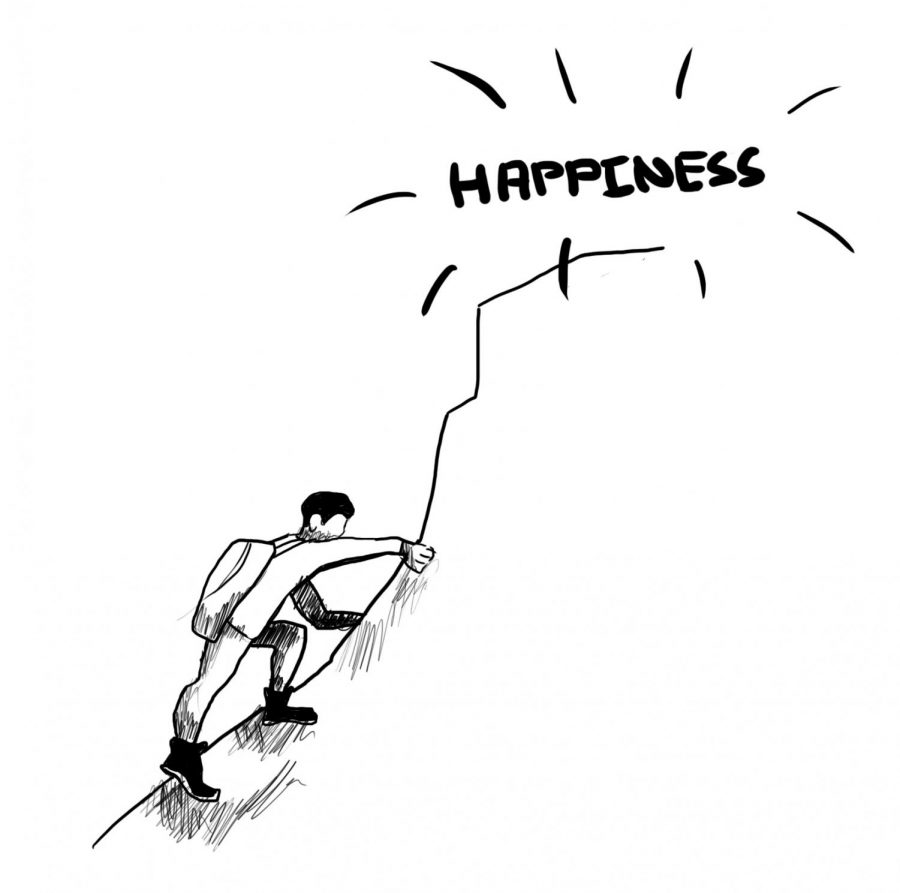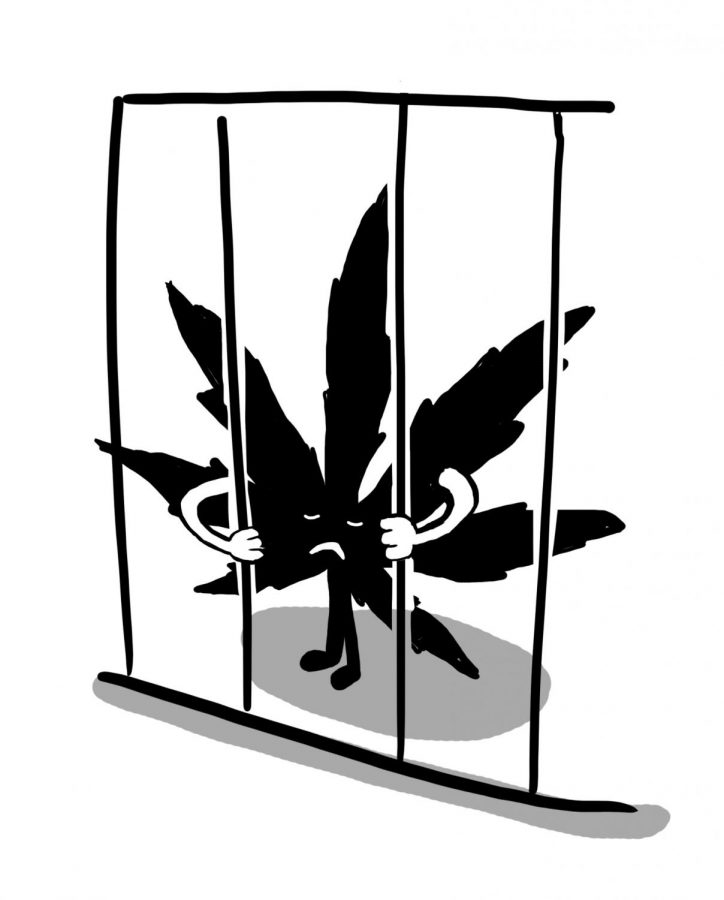Ladies and gents, it’s time for me to write a column about pirates. Before you go and grab your eye patches and cutlasses (or speedboats and AK-47s, if you’re feeling modern), this is a column about digital piracy. Odds are, if you’re at Whitman, you’ve probably pirated some sort of media at some time in your life.
Of course, that’s a problem for people who create things that are easily pirated. With peer-to-peer (P2P) filesharing so easily available and accessible, the price of digitally readable media like video and music is zero dollars. (For the purposes of this article, price is different than cost. Price is what people need to pay, and cost is how much it takes to make something.) Without people paying, content producers can’t produce content. What can they do?
There are three things motivating people to buy easily-copied products in the digital age: security, tech support and warm fuzzy feelings. The first, I think, is obvious. Large content distribution systems are usually secure, and generally don’t have major risks hiding in them. If I download a game from Steam, or a song from iTunes, I think it’s a reasonable expectation that neither contains a virus. P2P downloads always carry a risk of infecting your computer with something problematic.
Tech support also makes sense to me. If I download an album from iTunes, and it won’t play on my iPhone, I can go into the Genius Bar or call AppleCare and get help. Now of course, if I went into the Apple Store complaining that the Barry Manilow box set that I downloaded in an arcane file format (here’s looking at you, Ogg Vorbis) from BitTorrent didn’t play on my iPhone, I’d be laughed out of there. Likewise, I wouldn’t expect a developer to support a cracked copy of their application. Piracy, while cheap, holds no promise of accessible tech support.
Warm fuzzy feelings are the best way I can describe the amalgamation of the psychological factors that go into a content purchase. An example: when it comes to comic books I have a choice. I can download new issues that are posted on Wednesday, or go into my Friendly Local Comic Shop (FLCS) to purchase some new floppies. The FLCS route holds several benefits: I like the feeling of reading a comic in its intended, dead-tree state; I know that I’m supporting the creator(s), the writer(s) and the art team with my purchase; and I’m helping to support my FLCS and keep it around so I can continue to get comics. Likewise, when I purchased Amanda Palmer’s new album in digital form, I also paid for a cherry-red vinyl record version of it and a t-shirt. In the package containing the physical goods was a small, business card-sized thank you note, signed by Ms. Palmer. Again, the warm fuzzy intangibles (and spiffy tangible things) are helping me part with my money.
So, how do content creators make money when it’s possible for people to get media for free? Well, the bad news is, there’s no silver bullet. For some people, the fact you can get music, movies and apps for free means they’ll never pay for them again. But, for artists and other content producers who can leverage the three factors above, they have a better chance of making it.
It’s a process that Mike Masnick of the blog Techdirt boils down to a simple formula: “CwF + RtB,” better known as Connect with Fans + Reason to Buy. If you provide your fans with the personal attention they want, and give them some reason to part with their money, the more likely they are to do so.



